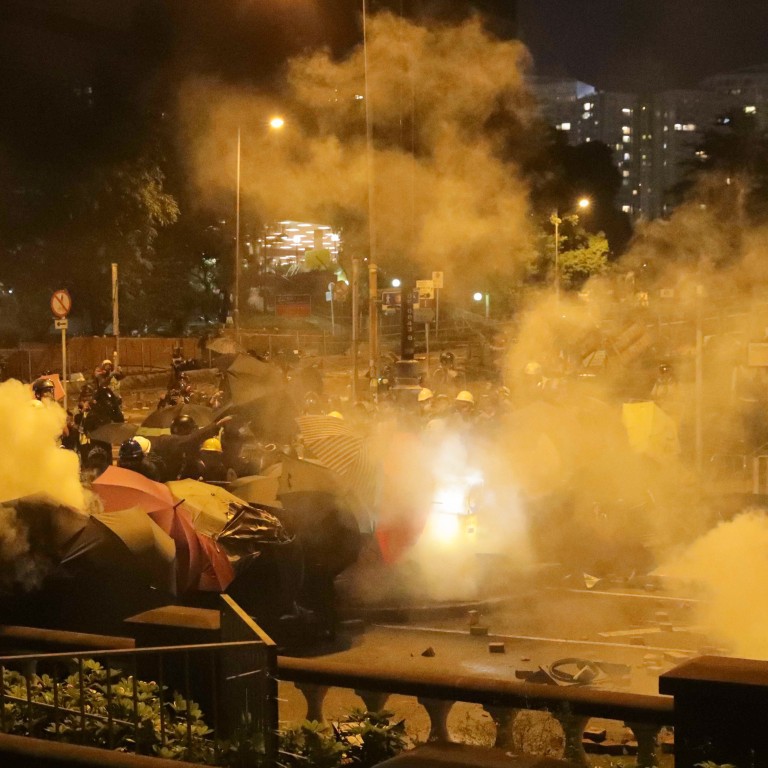
Hong Kong protests: tension returns to city after peaceful Saturday with stand-off in Hung Hom
- After five straight days of traffic disruption and chaos, city had enjoyed a relatively calm Saturday but familiar scenes return by night
- Petrol bombs thrown from the roof of Polytechnic University while riot police respond with rounds of tear gas
Tensions have again flared in Hong Kong after the city had enjoyed an otherwise peaceful Saturday, off the back of five straight days of violence, chaos and traffic disruption.
At about 10.15pm, dozens of riot police closed in on the Polytechnic University campus in Hung Hom, clearing roadblocks along Chatham Road South.
The university is the protesters’ last stronghold after they retreated from Chinese University on Friday night, ending a four-day occupation of the Sha Tin campus.
Black-clad protesters threw multiple petrol bombs from the PolyU campus rooftop, setting objects on the road alight, while riot police responded with volleys of tear gas and other projectiles. At least one protester was reportedly hit by a rubber bullet in the leg and was attended to by first-aiders on the scene.
Both sides regrouped after about 15 minutes of direct clashes, with protesters holding wooden shields and umbrellas on Cheong Wan Road, and riot police standing guard on Chatham Road South.
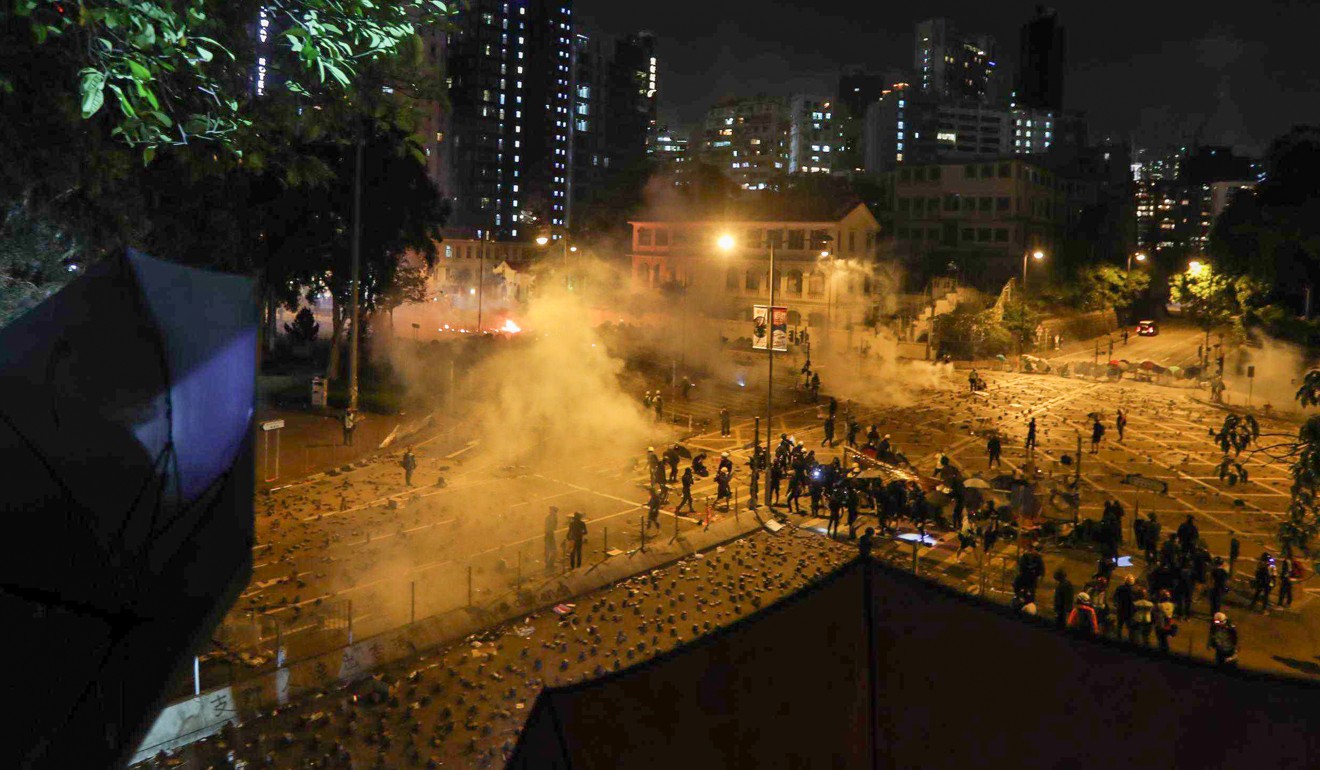
Tear gas was later also fired on Science Museum Road as another stand-off ensued, with protesters holding umbrellas and wooden shields 100 metres away from riot police. More petrol bombs were thrown before the protesters retreated back into PolyU and reinforced their defences. Two protesters were heard warning all reporters to leave.
A PolyU spokeswoman confirmed the university had contacted the police on Saturday after many of its laboratories were broken in and some dangerous chemicals taken.
“The university regards it as a serious matter which can pose a grave threat and harm to the public, so it has reported the incident to police,” she said.
The late-night trouble came after the city had basked in an unusually calm Saturday afternoon, with blocked roads such as the Tolo Highway, Pok Fu Lam Road and Bonham Road all reopening for traffic. However, the Cross-Harbour Tunnel remained closed.
Train services had been suspended between Hung Hom and Mong Kok East after a petrol bomb was thrown onto the tracks in the morning, but services later resumed.
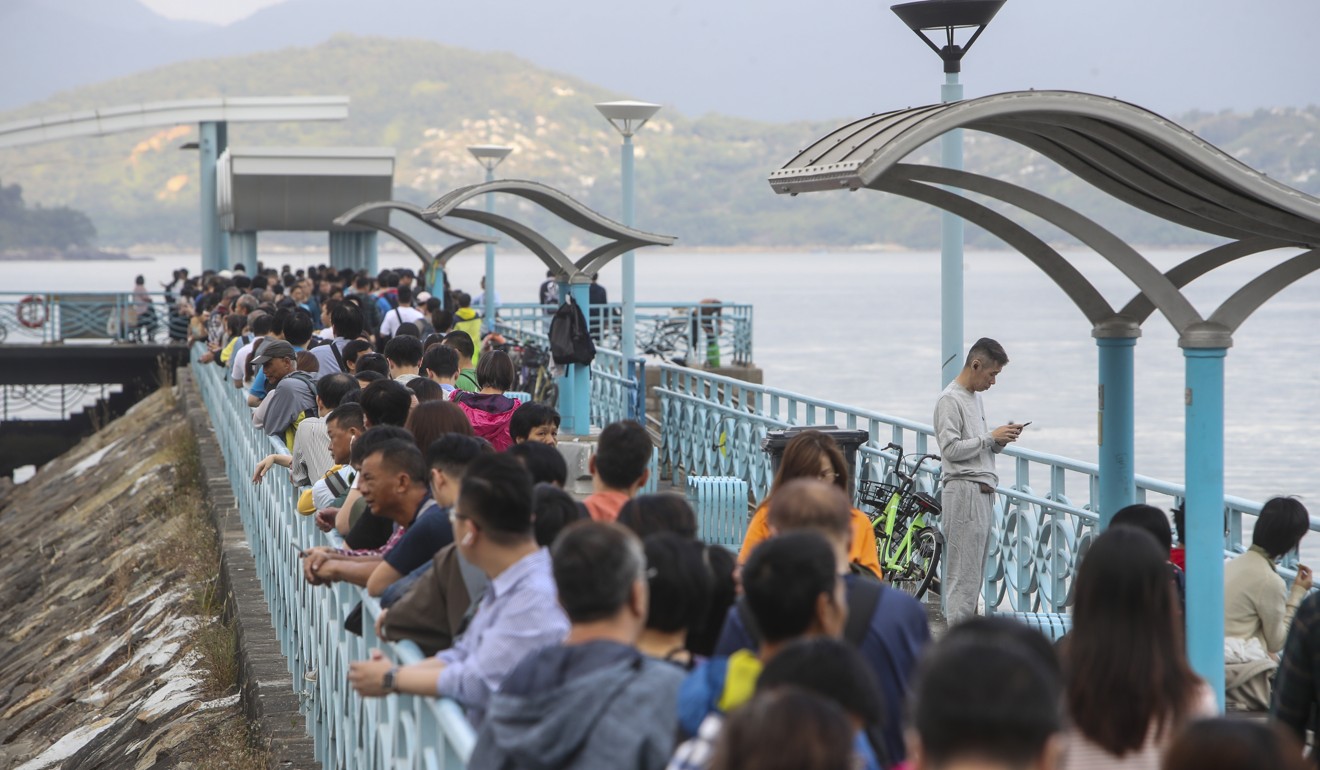
Before the highway was reopened on Saturday, hundreds of people queued up for the ferry service, and some residents who could not get on decided to pay as much as HK$100 each to travel by small boats.
On Friday night, protesters clashed with police in Mong Kok, while those who had occupied Chinese University (CUHK) for days pulled out of the campus.
On Saturday, messages circulated on the internet, calling for alumni of the University of Hong Kong (HKU) and CUHK to return to their alma mater to clear roadblocks. But the latter’s Alumni Affairs Office advised against such help, citing safety concerns.
At PolyU, near the Cross-Harbour Tunnel’s Hung Hom entrance, about 100 protesters were scattered around the campus on Saturday. Some were patrolling the grounds, while others cleaned up trash, or collected and tidied up food supplies in the canteen.
Makeshift checkpoints were set up at entrances as protesters required everyone to have their bags searched.
Two students from the University of Science and Technology, Chan and Hugo, guarded the PolyU entrance near Chatham Road South, and said they had been at the campus since Wednesday.
“The tunnel is a key artery in Hong Kong. We need to block key roads in Hong Kong as a bargaining chip against the government,” Hugo said.
We need to block key roads in Hong Kong as a bargaining chip against the government
Another protester, Wan, 16, a secondary school student, was carrying a bag of arrows at PolyU. One arrowhead was tied with cloth soaked in petrol, which would be set alight and fired at police, according to the teen.
“Police have shields and strong protective clothing. I will not aim at their bodies but use the weapons merely as a way to delay their attacks,” Wan said. “They have fired live rounds against us. It is them, not us, who want to take our lives.”
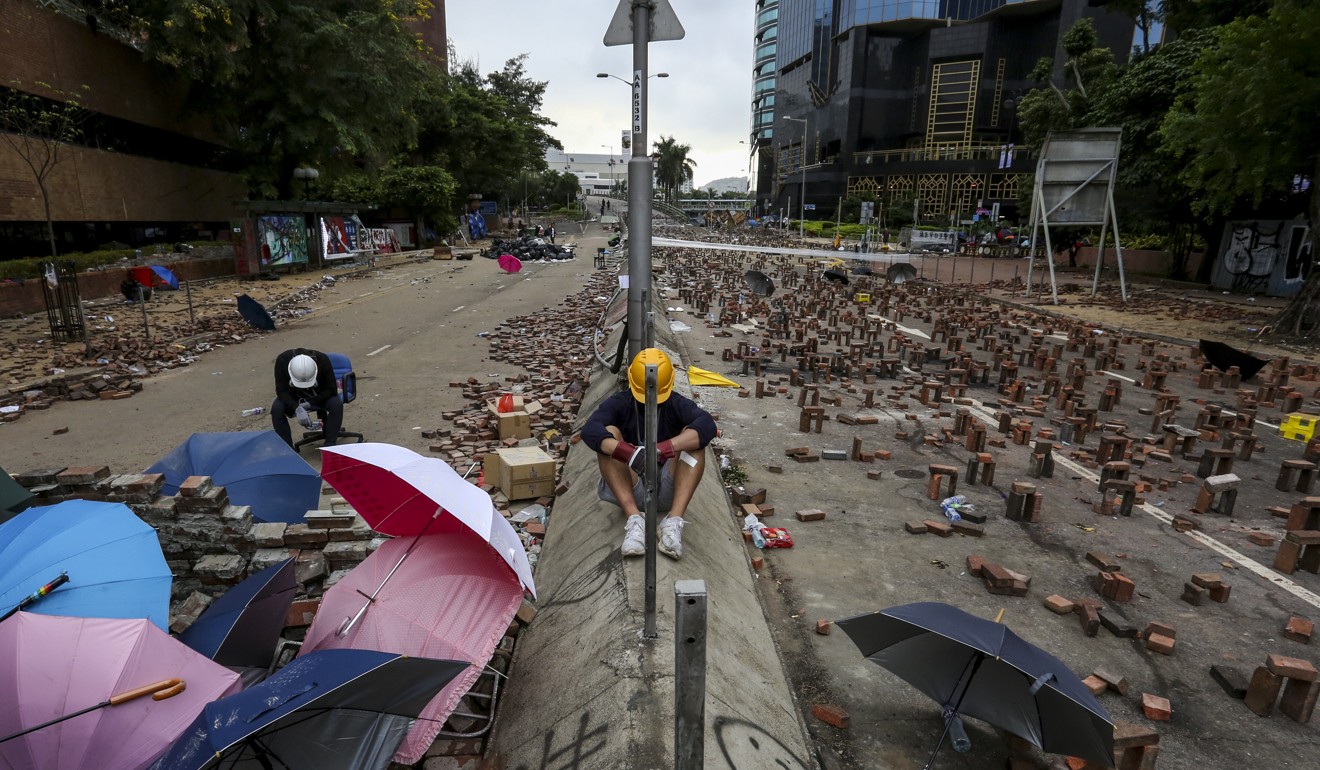
He said he took the arrows from the campus and had practised archery only in recent days.
Meanwhile, two 13-year-old girls in black were also among young protesters on the campus.
One of them, Form Two student Jasmine, said it was her responsibility to fight against “a totalitarian government”.
“My parents disagree with my views and tried locking me up at home for three days. We live on the first floor of a building, and I really thought of climbing down to the ground,” she said.
She added that she had reached a compromise with her parents and agreed not to participate in frontline protests.
Are Hong Kong’s universities becoming ‘weapons factories’ as claimed by police?
At the Hung Hom entrance of the Cross-Harbour Tunnel, the smell from charred remains of toll booths lingered after protesters set fire numerous times to the facilities. With a footbridge above the tunnel occupied by protesters, many pedestrians had to walk across vehicle lanes on the ground, past scattered bricks, traffic cones and debris.

A woman with an injured leg was shocked to find she had to walk through the ravaged path on her way to a doctor. But she pinned the blame on Chief Executive Carrie Lam Cheng Yuet-ngor instead of protesters.
“It is Carrie Lam who started all this. If not for her, Hongkongers would all be happy shopping and discussing where to go.”
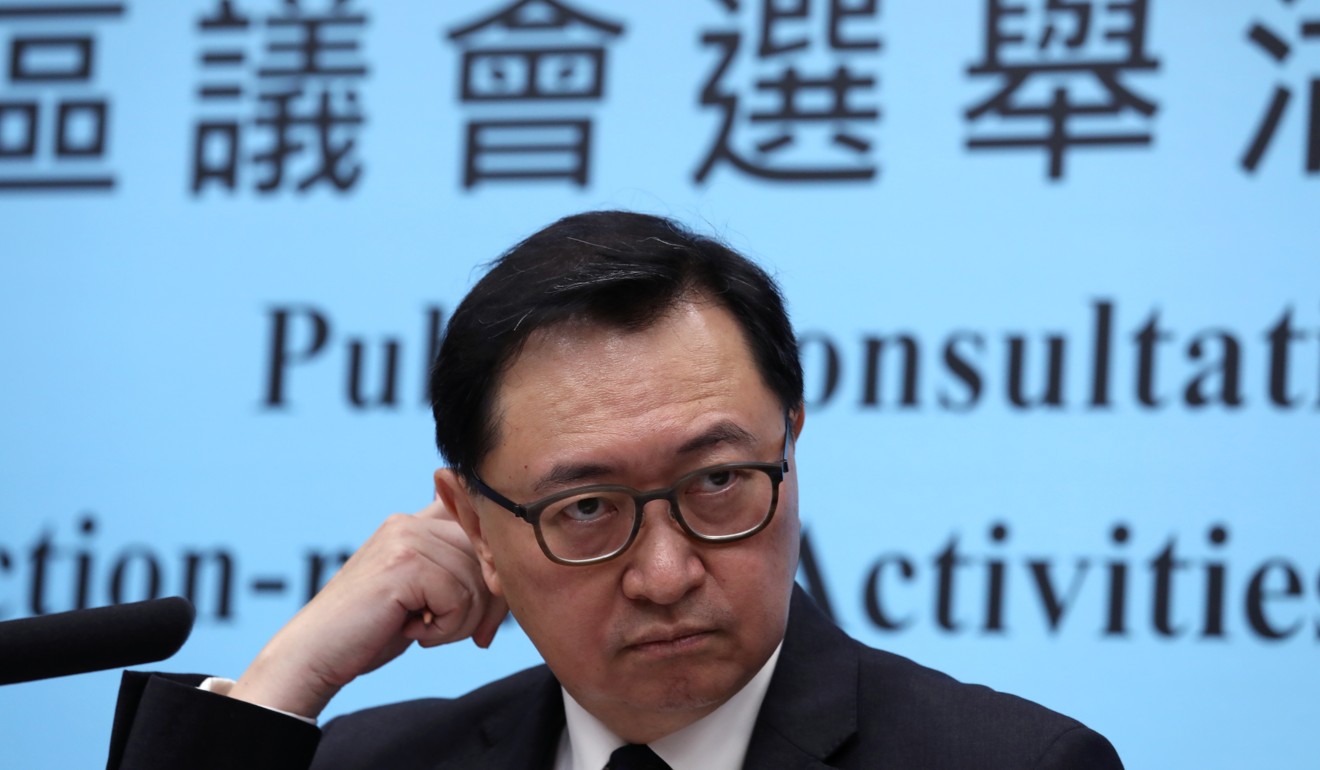
On an RTHK radio programme on Saturday, Electoral Affairs Commission chairman Justice Barnabas Fung Wah said election authorities were doing their best to hold the district council elections as scheduled on November 24.
“Please remain reasonable and calm. Don’t let violence destroy the election. Hong Kong voters’ right to vote must not be disturbed by violence or any wrongdoing,” he said.
But protester Hugo said he was not concerned about officials’ warnings that blocking roads would risk postponing the coming polls.
“That’s only some scare tactics from the government. A postponement will only show that the government is afraid of losing in the election,” he said. “From what we experienced down on the ground, most of the public side with us.”
In Pok Fu Lam, HKU’s main campus, which had become a base for protesters this week, was eerily quiet on Saturday morning, with hubs like the main library closed and few students to be seen, although evidence of the week’s events was visible throughout the school grounds.
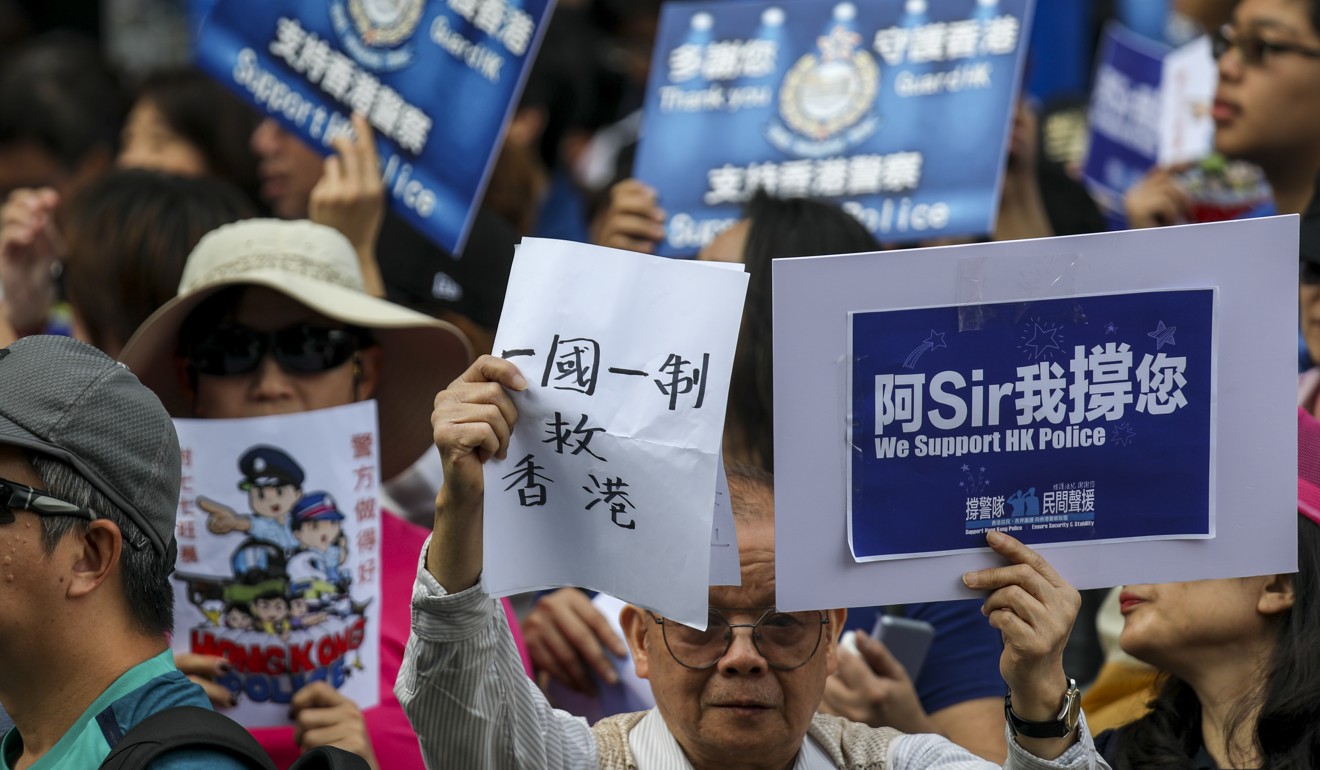
A call was issued by a group describing itself as a university alumni body to come out at 3pm on Saturday to “liberate Pok Fu Lam Road”.
Outside the government’s headquarters in Admiralty, a pro-Beijing group staged a rally in support of police, and an RTHK reporter at the scene was verbally abused.
Additional reporting by Kinling Lo



